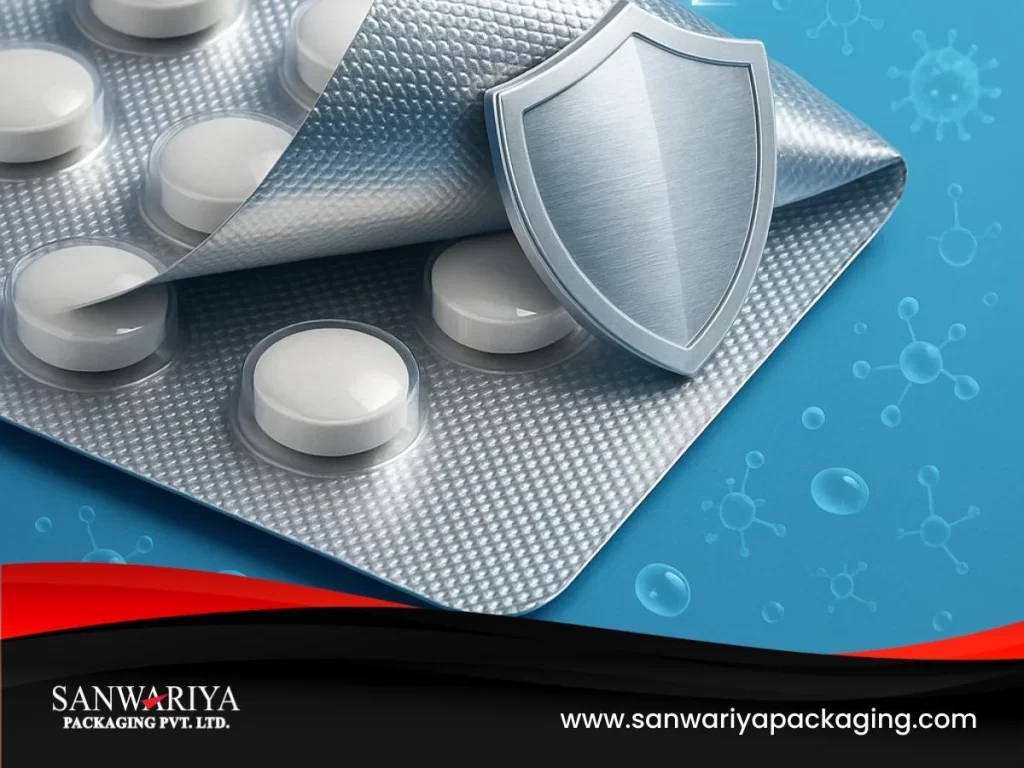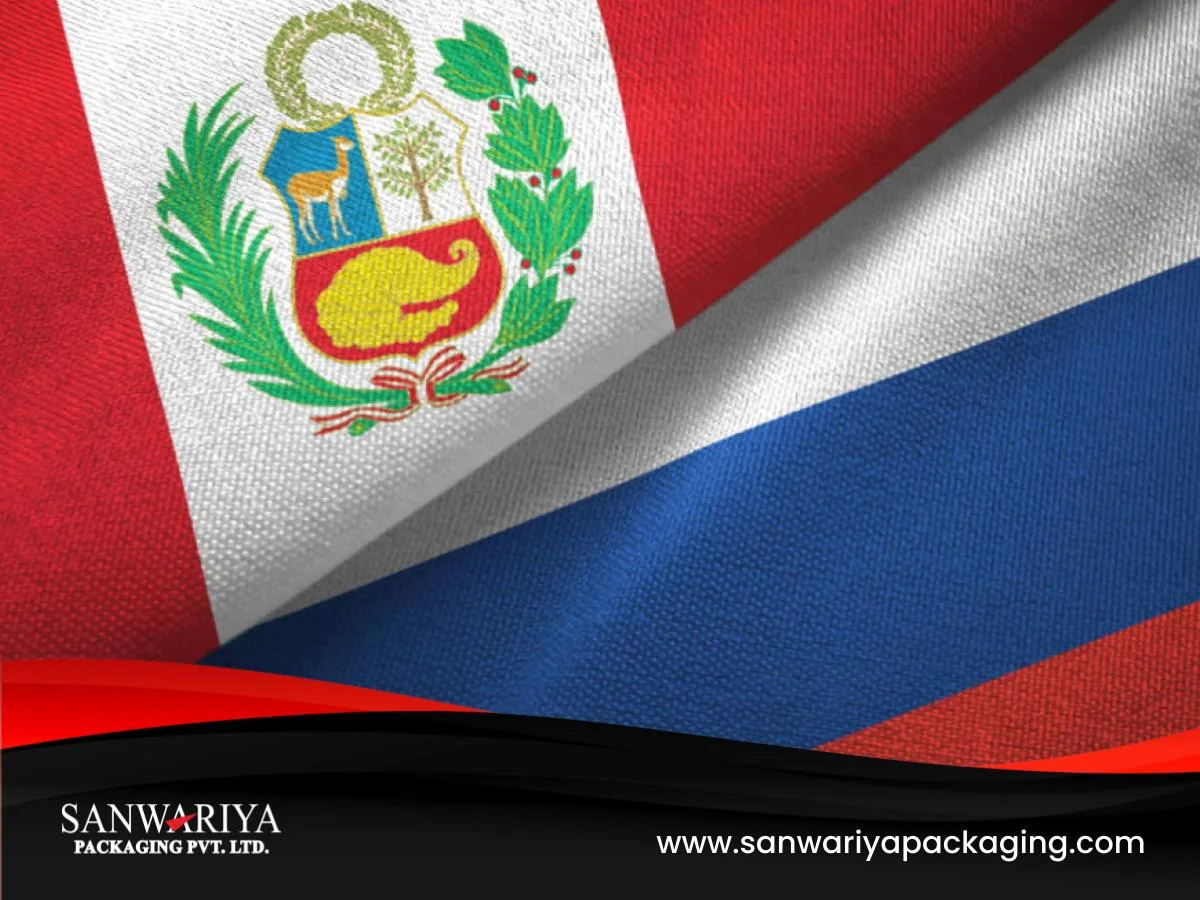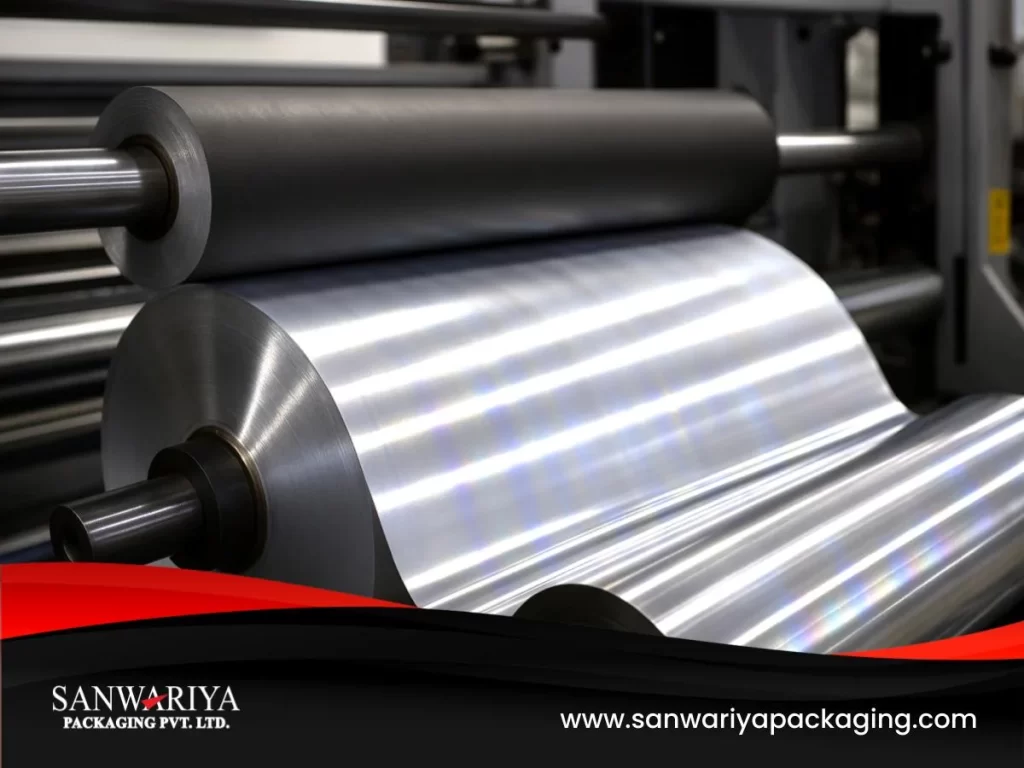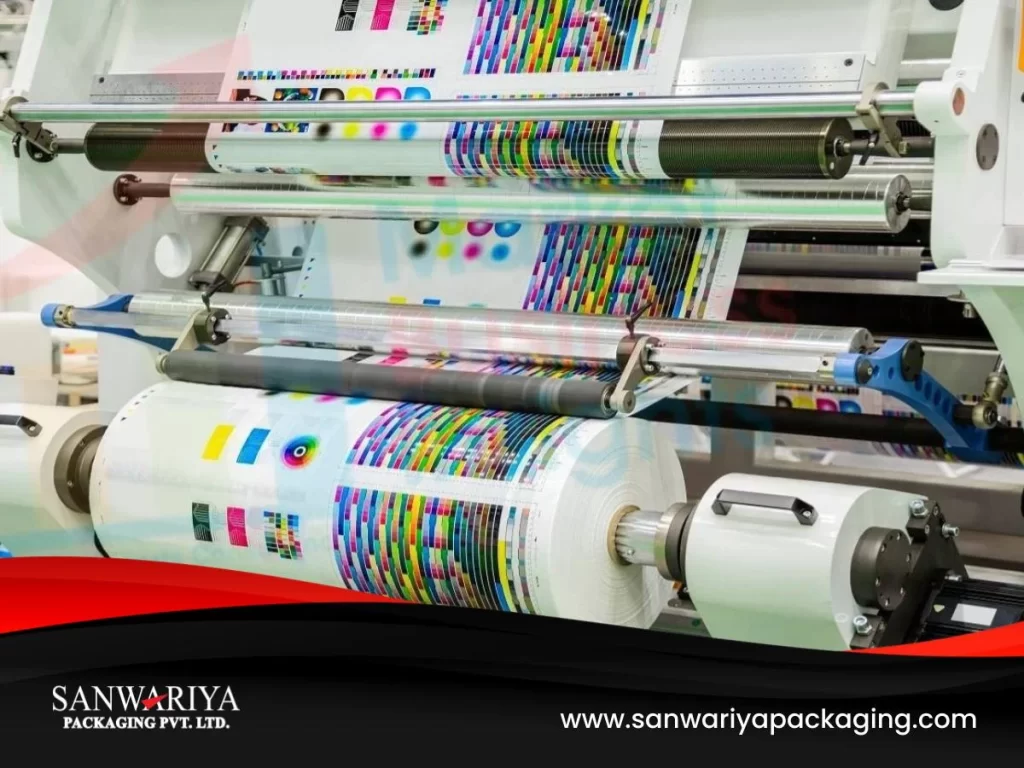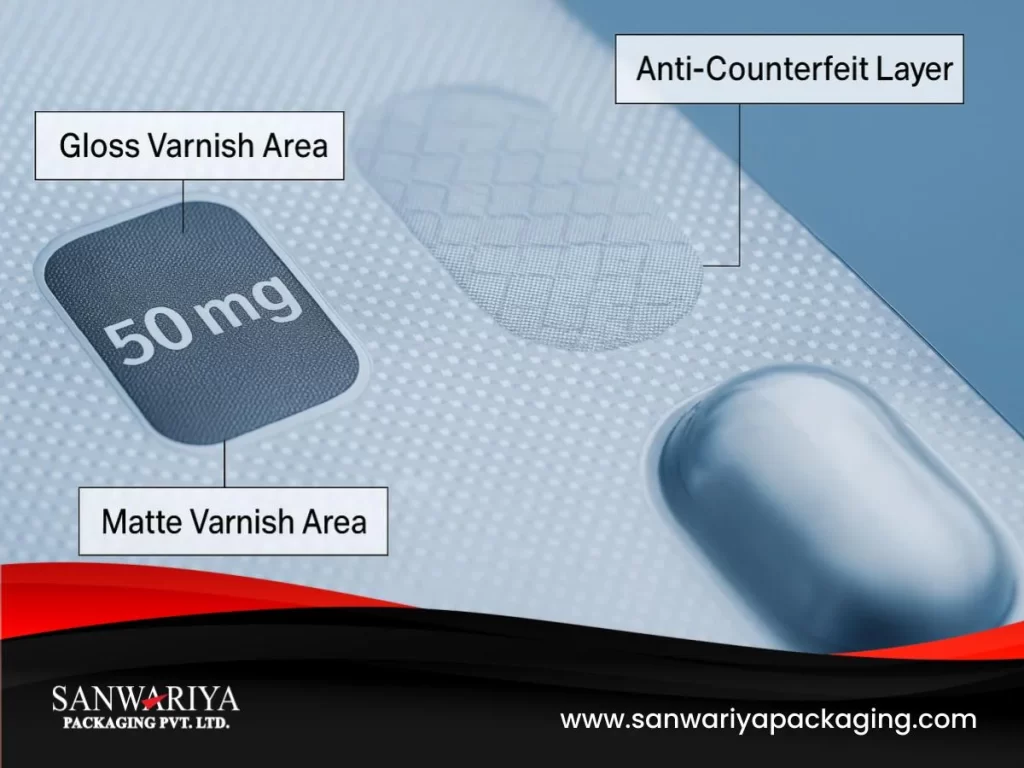
In pharma packaging, even a clear coating can carry the critical responsibility of protection, compliance, and security. Special varnish printing — a transparent, precision-engineered layer — plays a crucial role in safeguarding medicine packs from physical wear, counterfeiting, and regulatory risks.
Beyond aesthetics, varnish protects printed data, deters tampering, and supports migration-safe compliance. As regulatory scrutiny increases, this silent layer is fast becoming a standard in high-performance pharma packaging.
What Is Special Varnish Printing in Pharma?
Varnish printing involves applying a thin, transparent layer over printed pharmaceutical packaging materials such as aluminum foil. In pharma, varnish serves both functional and protective purposes.
Types Commonly Used:
1. Gloss or matte finish:
Enhances visual quality and tactile experience
2. Security varnish:
Reacts under UV light for covert authentication
3. Textured varnish:
Distorts or cracks when tampered with
4. Migration-safe varnish:
Prevents leaching into drug formulations
Regulatory Standards It Supports:
- EU 10/2011 (food-contact materials, including pharma)
- US FDA 21 CFR (indirect food additives)
- BfR (Germany), ANMAT (Argentina)
These global standards ensure that varnish does not compromise drug safety or chemically interact with active pharmaceutical ingredients (APIs).
1. Print Durability Under Pressure:
Blister packs and foil lids endure constant handling, high-speed filling lines, and variable temperatures. Varnish protects essential elements — batch codes, expiry dates, brand info — from smudging or abrasion.
2. Tamper Detection:
Special varnishes distort, crack, or reveal signs of interference when packaging is opened or manipulated, offering visible cues of tampering.
3. Invisible Security Features:
UV-reactive varnishes or tactile patterns create covert markers that are difficult to counterfeit yet easy to verify with proper tools.
According to WHO, over 80% of counterfeit cases begin with visible packaging anomalies. Tamper-evident varnish plays a vital first-line defense.
Pharma exporters must meet migration safety and anti-counterfeit guidelines in regions like Europe, Latin America, and Russia–CIS.
Special varnish coatings support:
- Chemical stability throughout shelf life
- Resistance to high heat during sealing or sterilization
- Inert behavior near medicines
- Compatibility with serialization and clean-room protocols
Packaging Performance That Builds Patient Trust
1. Tactile Recognition:
Textured varnishes help visually impaired patients identify dosage zones or branding by touch.
2. Secure and Elegant Branding:
Gloss, matte, or soft-touch finishes elevate shelf appeal while adding complexity for counterfeiters.
3. Print Longevity:
Varnish extends the life of essential information — from dosage details to barcodes — ensuring legibility during storage, shipment, and distribution.
Advantages of Special Varnish Printing at a Glance
| Feature | Impact on Pharma Packaging |
| Tamper detection | Visual cues for unauthorized access |
| Low migration compliance | Safe for contact with medicine packs |
| Hidden security elements | Hard to replicate, easy to verify |
| Print and code protection | Prevents smearing, scuffing, and fading |
| Premium look and feel | Enhances patient confidence and brand credibility |
As counterfeit risks grow and compliance demands evolve, varnish printing is poised for rapid innovation:
- AI-integrated varnish for digital scan verification
- Smart coatings embedded in serialization workflows
- Wider use in injectables, biologics, and cold chain packaging
Quality Tip:
Always conduct real-world simulation tests under humidity and cold chain environments to validate varnish performance globally.
Though invisible to the eye, special varnish printing offers visible, measurable benefits. From safeguarding drug information to providing a line of defense against tampering and non-compliance, it is an indispensable tool in modern pharmaceutical packaging.
At Sanwariya Packaging, we specialize in low-migration, security-grade varnish coatings designed for real-world performance and international compliance. Whether you’re upgrading your product’s safety or targeting export-ready quality, our solutions offer unmatched protection and precision.
Ready to apply this smart layer of safety to your next pharma pack?
Let’s create compliant, secure, and brand-trusted packaging — together.


